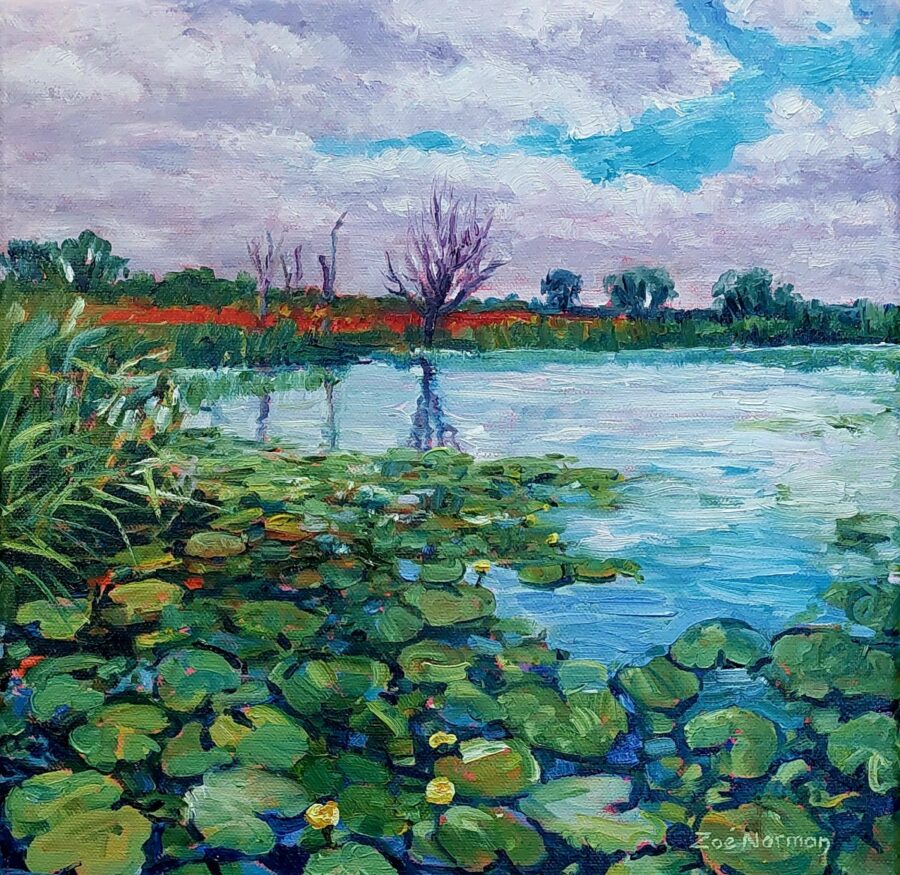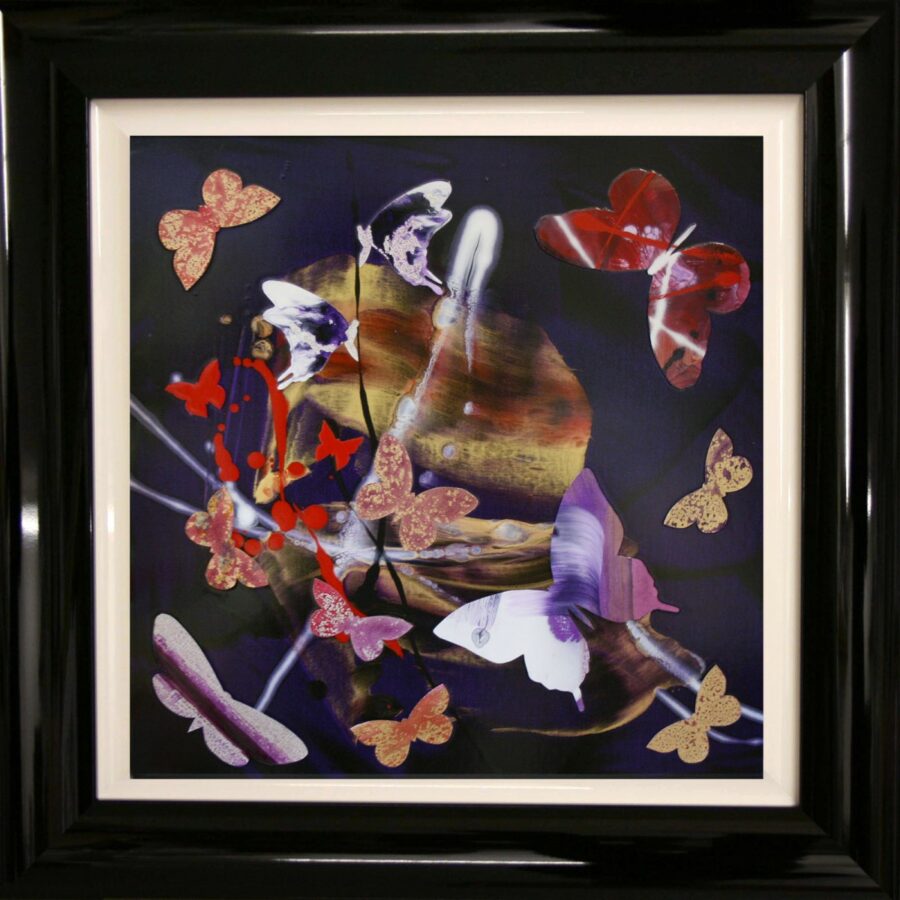I’ve got some good news – abstract art is actually the easiest of all styles to understand.
I’ve often heard the term “abstract” used simply to describe artwork that is challenging or off-the-wall. Even people who really enjoy abstract art sometimes confess to feeling a bit baffled about meaning and intention.
First of all we need to get clear about what abstraction actually is. An abstract painting or sculpture is a piece that uses shapes or colours that don’t look like “things”. That is, it’s non-representational. Some examples are shown below.



What abstract art is not is any kind of piece which clearly portrays an object or thing. So, Tracey Emin’s unmade bed, or Damein Hirst’s shark, for example, although challenging, are not abstract.
So why is abstract art the easiest to understand? Well put simply, it is what it is. What you see before you is what you get. There are no hidden messages or secret codes. While the artist may have had the ocean, a person, or a feeling in mind while creating the piece, essentially it’s a bundle of form and colour which leaves it up to you, the viewer, to interpret as you feel or wish.
The nice thing about this is that we can enjoy abstract art for what it is, and enjoy pieces that we like and make us feel good. The feelings associated with colour, shape, and kinesis; or sense of movement; in abstract art are what give it its emotional impact. To explain this, I’ll give you my interpretation of Caroline Ashwood’s Mosaic.

First of all, Caroline achieves a good balance between colours that harmonise and those that clash (like orange and pink). This means that I gain a sense of energy and vibrancy from the painting, and pinks and oranges create a juicy freshness. The blues have a sea-like quality, reminding me of beaches, waves, and freedom. In terms of shape, again I get a nice sense of order and randomness in balance. The squares in relief give the work a sense on structure while not being too formally organised.
So it’s as simple as that – abstraction really isn’t a secret language and it doesn’t need to be difficult. It’s simply about an exploration of colour and form, which we can interpret and enjoy as we choose.
This is the first in a mini-series about abstract art styles. Check back for more updates on abstract art’s history, along with information semi-abstraction and different movements.
Visit the Art2Arts Abstract department to see lots of great abstract paintings and to choose a piece that really resonates with you.

